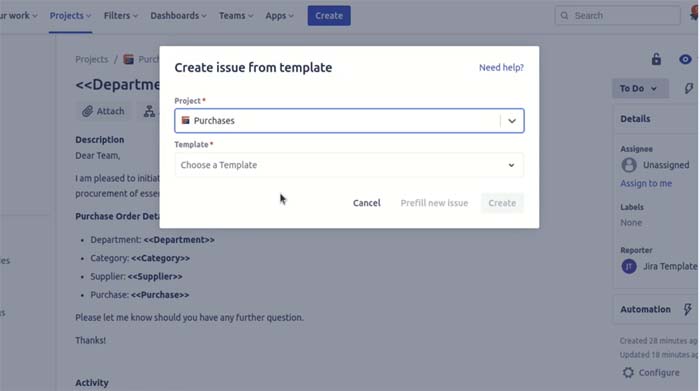When it comes to business improvement and the overall transformation journey, process mapping is one of the most powerful tools that you can implement. As you onboard new clients or take on new projects, it can be one of the best things to look at in order to streamline and efficiently complete all appropriate tasks within an appropriate timescale. In terms of business transformation, process mapping can act as a crucial standpoint to hold the structure of projects together. However, this can be looked over and missed quite often by businesses that don’t fully understand the benefits and how it improves overall efficiency.
In this article, we will take a look at:
- How does Process Mapping Work
- Why is Process Mapping Important
- Transparent Improvements
- Clarity
- Improving Productivity
- Compliance and Standards
- Complexity
- Bottlenecks and Restrictions
- Knowledge Transfer
- Continual Improvement
How does Process Mapping Work?
Process mapping is a technique used to visually map out workflows, processes and goals, in order to streamline a task for simplicity and clarification. It can be a huge benefit to tasks such as sending invoices to customers, onboarding new clients or suppliers, or more specific financial and operational workflows across the business.
While it comes across as quite complex, in reality it is actually rather simple, and can bring a massive efficiency and organisational boost. It can be useful to think of it less as agoal to achieve, and more of atool to use in your business transformational journey.It is also worth keeping in mind that this is a tool that can always be referred back to, and not just a one-use system that ends up being forgotten about.
Why is Process Mapping Important?
Making a map of all the processes involved within a task can appear time consuming, and even a little daunting.It may seem difficult, and require a lot of resources, but the overall benefits are more than worth the time and effort it will take to complete a full process map. As below, it is a safe bet that the mentioned benefits will make themselves apparent after a properly implemented process mapping solution.
Transparent Improvement
Transparency brings people the ability to ask questions; Do we fully know what it is that we are doing?Is the timescale and appropriate time to begin the task clear?Why is the task completed in a specific way?
While these seem like fairly basic questions, they can often be overlooked, and the answers might be surprising; for example, “because that’s how we have always done it” shows a huge margin for improvement that can be identified and addressed very early on.
Clarity
Transparency enables you to begin to bring clarity over different elements of the processes being mapped, such as the systems, people and steps. The usage of a process map allows you to see the data and task workflow, helping you to see where things are being duplicated.It shines a lot of light on areas where things maybe aren’t quite as efficient as they could be, such as systems not being properly integrated, or manual tasks being performed that could be automated with the right software.
Improving Productivity
In terms of improving productivity, you first need to find a good baseline to work from. Which parts of the process are the most time consuming? Which area is the least automated?
Once integrated, your process map will allow you to see problem areas within tasks that can be addressed.Some tasks might simply be included within a process because “that’s how it’s always been done” and may be unnecessary or completely obsolete. Removing or altering these tasks in order to streamline them is one of the major benefits of incorporating a process map.
Compliance and Standards
For ISO accreditation, process mapping is a necessary requirement.While it is needed, it is also a big help to other regulated sectors to have process maps in place for key jobs. Most companies will have to show regulators that they are in full understanding of risk, as well that they are giving fair treatment to customers and suppliers.
Complexity
Complexity and overly convoluted tasks can be lethal to productivity. The more intricate a job is, the longer it will take overall, leaving a higher chance for errors to creep in. Through process mapping, simple tasks will outperform the more complex ones, which will easily show where improvements can be implemented.
Bottlenecks and Restrictions
In keeping with improving productivity, process maps can highlight bottlenecked areas and give a good pointer on how to solve them. Bottlenecks can crop up in any area of a business, and for various reasons, and in some cases, it can cause all productivity to grind to a halt while one team is waiting on work from another, for example. In areas such as finance, for example, this could lead to a delay in supplier payments, company expenses, or even staff wages if these bottlenecks are not resolved.
Identifying, addressing and removing bottlenecks is another great benefit of process mapping, and leads to a huge productivity boost rather than having your teams waiting around for a green light!
Knowledge Transfer
For smaller businesses, the majority of knowledge and process skills will be almost exclusive to the person completing the tasks involved. While this is manageable within an owner or director’s position, when the business grows from a few, to a dozen, to a score of employees, the importance of passing on this knowledge and making it readily available becomes painstakingly evident.
Inputting this knowledge into a process map system can not only help to keep these skills at the fingertip of anyone within the business that needs them, but also allows the onboarding and integration of new staff a much faster and more streamlined process.
Continual Improvement
Process mapping shouldn’t be viewed as a “one-and-done” solution, but more of a tool to utilise throughout business improvement. As such, it’s safe to say that process mapping is a method that is never really truly finished.
As times and technologies change, as do the best working methods, and as such the processes that work well today may be made completely obsolete in a year’s time. As these changes are implemented, they could have a knock-on effect on other tasks and goals throughout the organisation, which in turn can lead to even more productivity and efficiency improvements. This also allows smaller tweaks to be made in the future, and while they might not be as grand as the initial changes that have been made, they will be much easier to invest into as you should already have a stable platform to work from.
Keeping on top of a continual development programme when it comes to the incorporation of process maps is a huge step forward for any business, and we hope that the benefits we have mentioned above have given you a good foothold to implementing your own process map systems within your team, department, or company!
Also Read: 5 Best Practices for Recruitment Automation








Leave a Reply